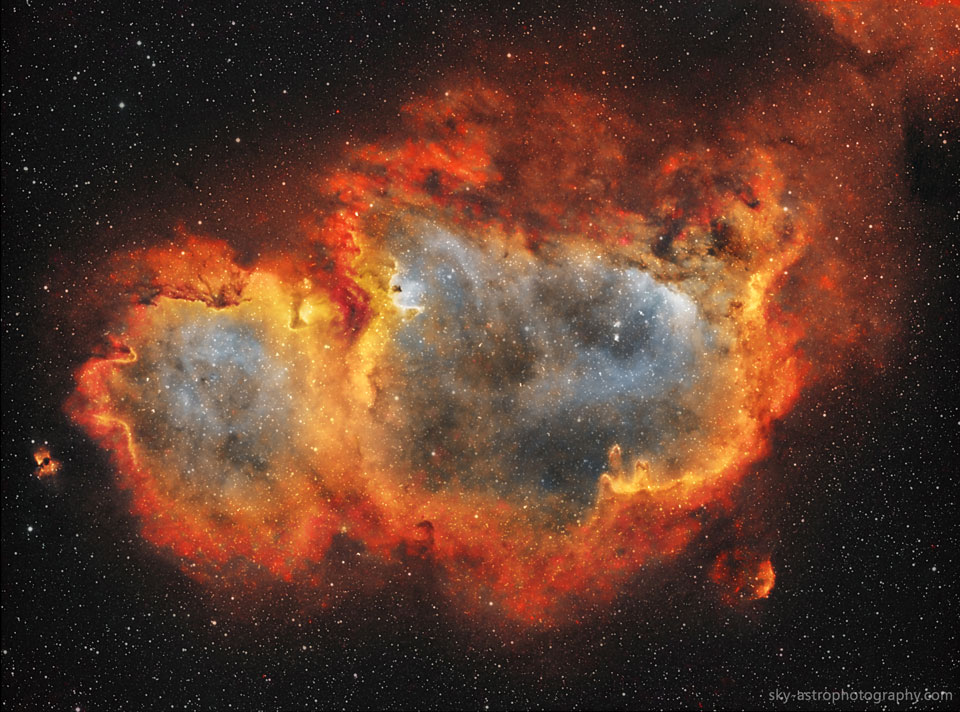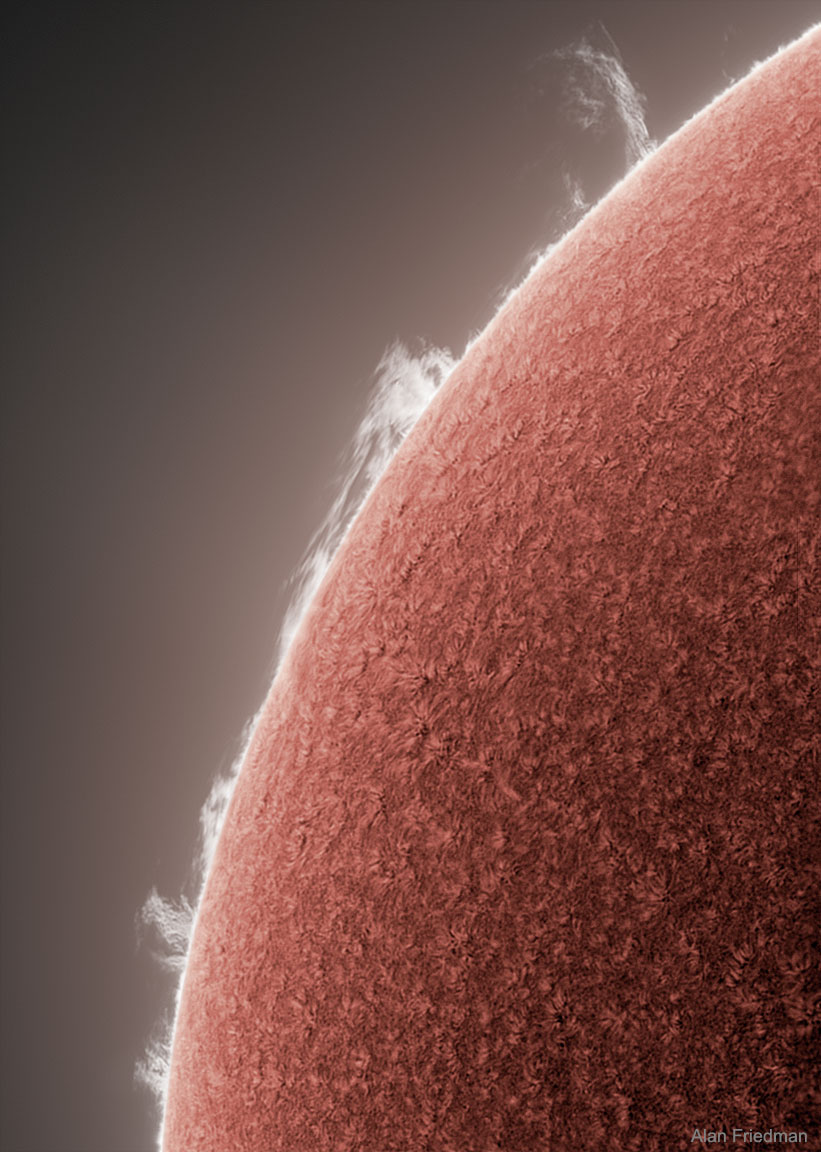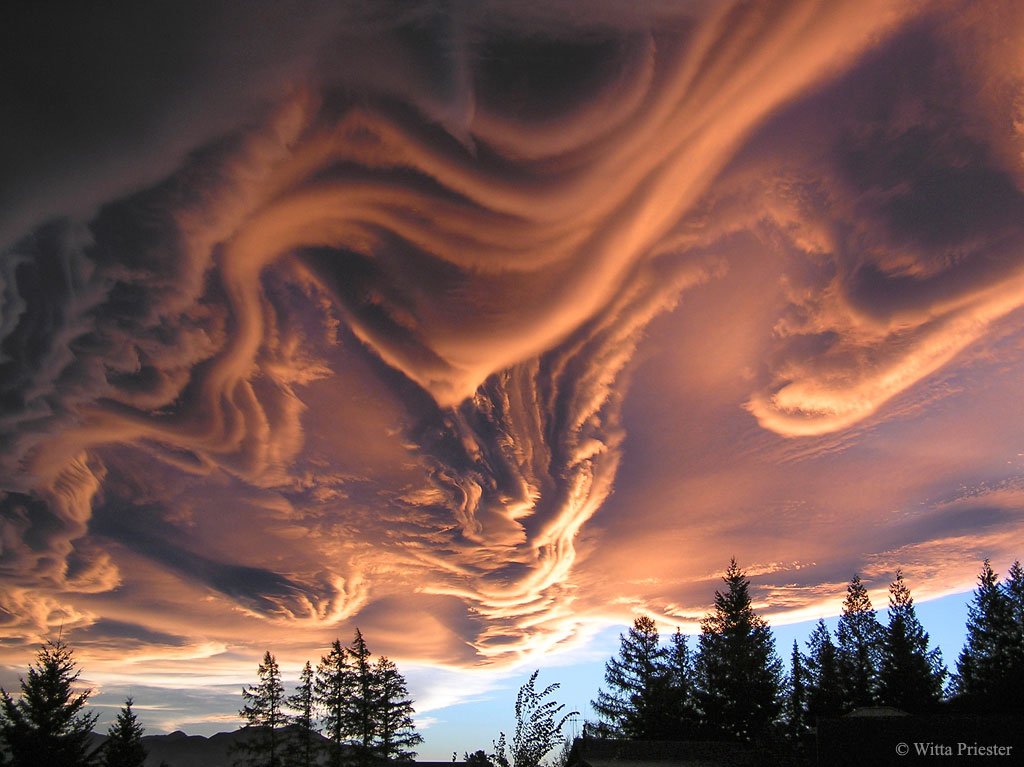Vice President Mike Pence, with NASA Administrator Jim Bridenstine, will visit NASA’s Johnson Space Center in Houston Thursday, Aug. 23, to discuss the future of human space exploration and the agency’s plans to return to the Moon as a forerunner to future human missions to Mars.
from NASA https://ift.tt/2OTDExQ
via IFTTT![]()







